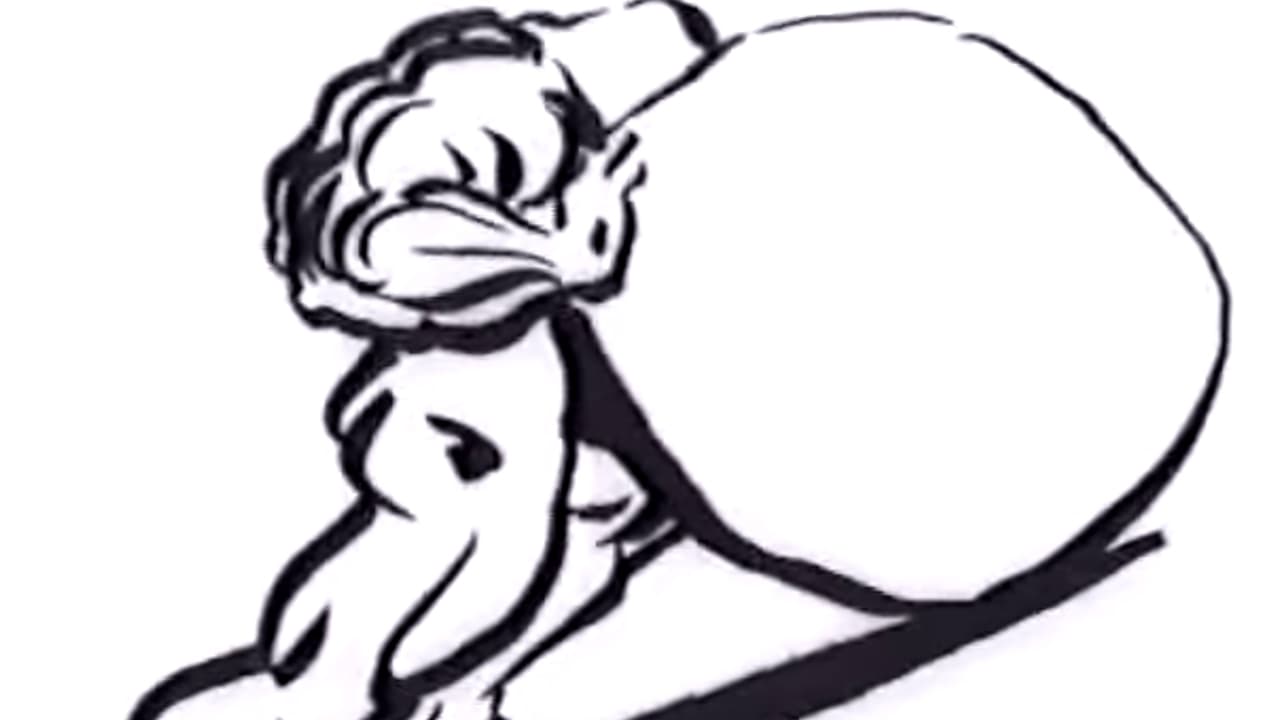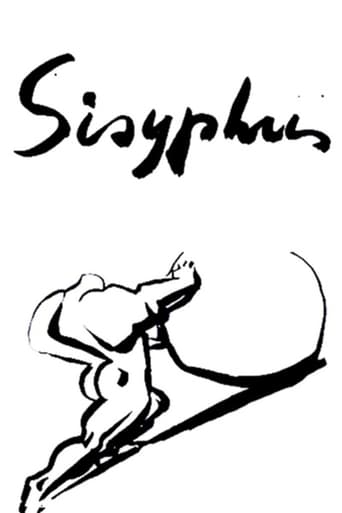

The black-and-white "Sisyphus" is a Hungarian 2-minute animated short film by Marcell Jankovics and it is a contender for his most known as well as most famous work more than 40 years after this came out. It is from 1974. The title already gives away what these 120 seconds are about: a man pushing up a stone in an effort that is as impressive as it proves pointless in the end. Watching this one I was missing the component that the stone is rolling down again at the very end and he has to push it up again. Instead it looks as if Sisyphus keeps pushing one stone after the other as he builds something similar to a pyramid of stones? I am not sure. Anyway, at 2 minutes it was a bearable watch, but nothing great and it proves that 1970s short animation was really not too strong if this one manages an Oscar nomination (lost to Bob Godfrey). The film also lives more though its sound effects than the animation really. I don't recommend the watch.
... View MoreThis short was nominated for an Academy Award. Mild spoilers will be ahead: A simple but very effective and evocative short which is just over two minutes in length and has no dialog unless you consider grunting and strained noises dialog. The sounds coming from whoever is doing the grunting are most realistic. It sounds like someone straining at something to the utmost of their ability. The ending to this doesn't quite match with the myth, but is powerful in any case. For a short verging on 40 years old, this is still a fascinating piece of work.This short is available for viewing online and is well worth watching. Most recommended.
... View MoreMarcel Janovics' "Sisyphus"(1974) is a brilliant film. This film is in black and white. literally. There are no grays, no shadings. Just bold black lines and empty white space. However, Janovics is still able to make us aware of the incredible strength of Sisyphus, and the tremendous weight of the rock. As the rock grows in size, and Sisyphus, despite his ample musculature, shrinks, we truly feel the frustration and pain of the title character. This pain is reflected in two ways. The first way is in the artwork. I already mentioned the bold lines, but it is the way in which they are used that is remarkable. Towards end of the film, Sisyphus, now almost a stick figure, gears up to take a final push at the rock. He pulls back, and for a split second, becomes nothing more than a squiggle of lines. It is as this squiggle that he finds his last ounce of strength. He comes rocketing back, once again his old muscular self for just a brief moment, and shoves the rock on to its final resting-place on the top of the mountain. Then as the mountain is revealed to be a pile of all the rocks Sisyphus has ever pushed to the top, we see him collapse, sinking into the side of the mountain, becoming a part of it. Then he picks himself up and slinks back down to the bottom. By having Sisyphus melt into the mountain, Janovics is able to show us the exhaustion and frustration of the title character.The pain is also reflected in the stunning sound track. I know this has nothing to do with the animation, but the use of sound is so powerful that I felt it had to at least be mentioned. Gasps and grunts. Not much at first, but as the boulder gets bigger, the gasps turn into screams. It's not just physical pain being reflected in the screams. There is an emotional pain as well. So what does this film mean? As with most Eastern European films at the time, it is obviously about political oppression. The futile efforts of trying to create personal works of art are reflected in Sisyphus's unending struggle, with a cold, oppressive force trying to prevent the hero from doing what he has to do.
... View MorePossibly the best animation I have ever seen!
... View More